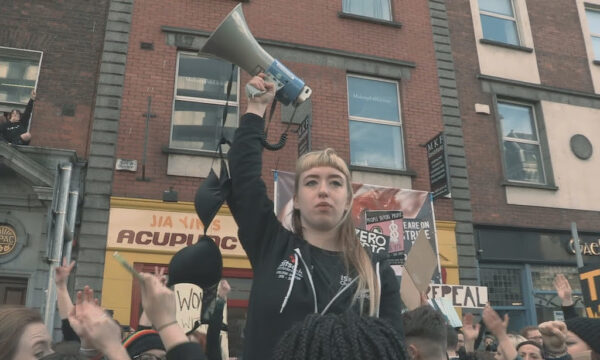Welfare-to-work scheme “just not working” as only 3% of unemployed find permanent job

Figures published yesterday branded the UK government’s flagship welfare-to-work programme a “miserable failure”, with only a fraction of people on it finding a permanent job.
The welfare-to-work scheme was set up to give employment opportunities to the hundreds of thousands who had been out of work for over a year, but only 3% of long-term unemployed on the scheme were able to find a permanent position.
These figures might embarrass the Department for Work and Pensions (DWP) as the programme was the centre of their planned reforms.
Over 837,000 people had started the programme since it was launched in June last year, but only 31,000 stayed in a job for more than six months.
The welfare-to-work programme also showed that young people were even less likely to find jobs with fewer than 6,000, or 2.5%, finding sustainable work.
The firms and charities involved in the scheme are paid between £3,700 and £13,000 per case to find suitable jobs for the unemployed. This scheme is designed to pay work providers only upon completion of their service, i.e. only when they succeed in getting people out of unemployment.
Mark Hoban, the new employment minister, confirmed the aim of the programme, saying: “We have put an end to providers cashing in by parking someone in a job for a few days and then losing interest.”
However, despite good intentions, the success rate for the work programme has been rather low so far. The DWP’s own tender documents give a “do nothing” rate of 5%. However, the figure just released by the government reveals a 3.5% average performance for the group, falling short of the 5.5% target.
Both Brendan Barber, TUC general secretary, and Labour leader Ed Miliband agreed in pointing out the shameful lack of results for the programme. Barber said: “It beggars belief that ministers are trying to spin these figures as good news.”
The cross-party think tank Social Market Foundation further fuelled the debate yesterday, pointing out with a Tweet just after the release of the figures: “If you’re looking at #workprogramme figs, be aware that 1st yr is 12 months, not 14 as the DWP figures suggest. Performance actually 2.5%”
Annalisa Ratti























Facebook
Twitter
Instagram
YouTube
RSS